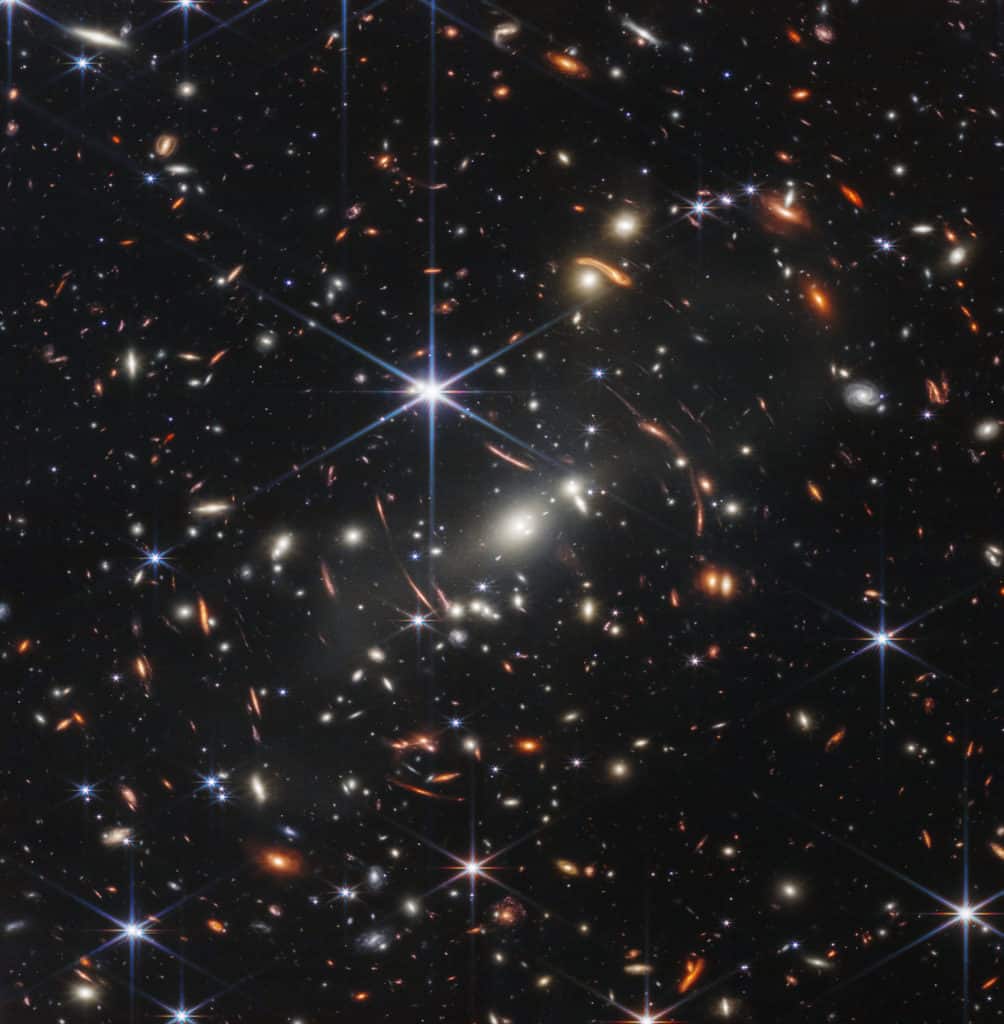
Find out about medical advances in fighting cancer, sleep disorders, and in harnessing the power of stem cells
Learn about the latest telescope technologies that are discovering how planets are born, and looking back in time to the first light in our Universe
How can we use steel better? How are cockatoos coping with city life? And what happened to the mammoths?
These stories and more in our lastest collection of successful partnerships between European and Australian researchers.
Our thanks to the European Union Delegation in Canberra for making this possible.
- Cockatoos in the city
- Steel for a more sustainable Europe
- Tiny lens looks at hearts
- Farmers reap Copernicus rewards.
Continue reading Welcome to our latest EU-Australian collaboration stories











